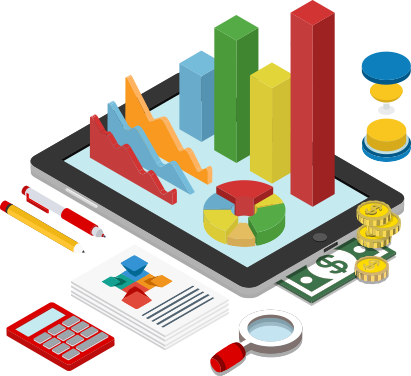Target return pricing
Using this strategy, a business first determines what level of demand there is for the product and then identifies the desired profit the business would like to make from the product. The price is calculated by dividing the total desired profit by the expected level of sales. Therefore, by meeting the level of expected sales, a certain amount of profit will be received.
It is calculated as follows:
In the situation where the business is in a competitive market, the business charges the average price of what its competitors are charging for a similar or the same product. This may be the case where there is only a small amount of competition and the product is a necessity. It is sometimes in a business's best interest to not compete by undercutting their competition.
4 P's of Marketing target return pricing
When it comes to determining a price for your products, it is important to ensure that you are able to cover all of the costs involved in bringing the product to the market whilst also leaving a margin from which to make a profit. It is also important to consider what your target market is and what they are prepared to spend.
